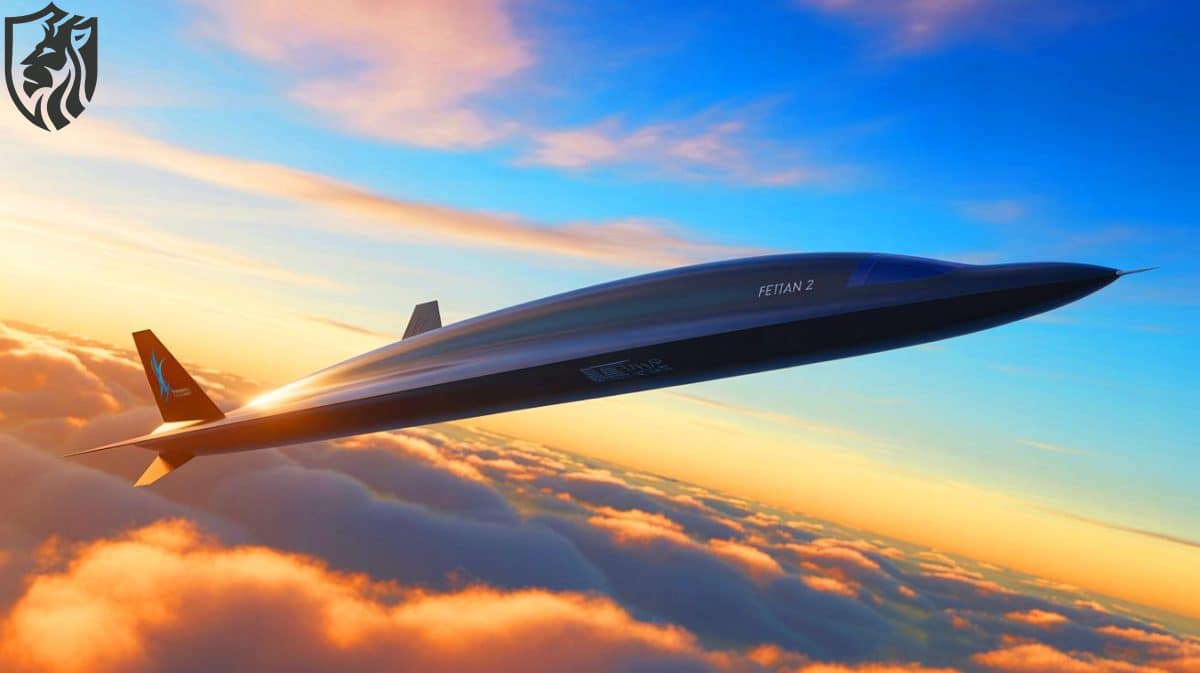
China's Feitian 2
China has once again advanced hypersonic technology by successfully testing the Feitian 2 hypersonic vehicle in flight. Northwestern Polytechnical University (NPU) ran the trial, which was a big step forward for RBCC propulsion development. This success puts China ahead in hypersonic weapons and sets a higher standard for reusable aerospace platforms around the world.
The Feitian 2 hypersonic vehicle is more than just a test model; it shows real progress in the design of hypersonic vehicles. It uses a special kerosene-hydrogen peroxide propellant, so it doesn’t need complicated cryogenic fuel systems. This simpler fuel system makes the engine lighter and helps it use less fuel, which are both crucial for flying long distances at high speeds.

The test was the first to use this propellant mix with an RBCC engine to collect flight data. NPU says that the vehicle showed variable-geometry intake control while flying at high speeds. It also had thrust-varying acceleration, which lets it change speed based on its altitude and the needs of the mission.
The Feitian 2 was also able to navigate on its own while flying at different angles of attack. These features are crucial for future hypersonic drones, reconnaissance platforms, and even transportation systems for regular people. These are all important features for any future hypersonic aircraft.
RBCC Propulsion: The Key to Feitian 2’s Hypersonic Breakthrough
The RBCC engine combines rocket propulsion with ramjet technology that uses air. At first, the rocket thrust is used to lift off the vehicle. As the speed increases, the system switches to ramjet mode, which pulls in oxygen from the atmosphere and makes the oxidizer much lighter. This mixed method boosts range and payload without hurting performance.
It has always been difficult to switch between modes. The Feitian 2 hypersonic vehicle, on the other hand, seems to have made a smooth transition between rocket and ramjet modes. His achievement is a big deal in engineering that puts China ahead of the rest of the world in the race for hypersonic dominance.
Technological progress from Feitian 1 to Feitian 2
Feitian 1, which was released in 2022, was the first time China showed off this technology. It proved the basic idea behind RBCC propulsion. Engineers made important design changes to Feitian 2, such as adding forward wings and making the tail fins longer to make the plane more stable in flight. These changes to the aerodynamics made it easier to steer and control the vehicle at high speeds and altitudes.
The Feitian 2 hypersonic vehicle not only changed modes smoothly, but it also proved that it could be controlled automatically in thin layers of atmosphere, where it’s almost impossible to do so by hand. Any operational hypersonic weapon system or reusable drone needs this ability.
Hypersonic Potential: Uses in the Military and in Daily Life
There are numerous applications for the RBCC engine. The Feitian 2 technology could change both the defense and commercial aerospace industries for the better. Future applications could range from hypersonic drones and reconnaissance planes to high-speed civilian transport.
China already has many hypersonic missiles, such as the DF-ZF glide vehicle, DF-17, DF-100, and YJ-21 anti-ship missile. Adding RBCC-powered platforms would give it a new level of strategic power by giving it reusable, high-speed systems that can get around regular defenses.

A Global Call to Action for Hypersonic Development
Beijing’s successful test of the Feitian 2 hypersonic vehicle is not only a technical feat but also a political breakthrough. While the United States continues testing hypersonic prototypes, China, by contrast, appears closer to actual deployment and integration.
Moreover, China’s ability to merge advanced propulsion with autonomous flight control gives it a distinct operational edge over competitors. As a result, Beijing could field reusable hypersonic systems well before any Western nation achieves the same milestone.
Furthermore, the test confirms that critical technologies—such as variable-geometry intake systems—are now reaching greater maturity in China’s development ecosystem.
In addition, the use of fuel-efficient propellants signals growing confidence in China’s ability to optimize performance and reduce launch costs. Altogether, these advances highlight China’s momentum in hypersonic innovation, both technically and strategically.
Conclusion: China’s hypersonic edge is getting sharper.
The Feitian 2 test in China is a big step forward in the design of hypersonic vehicles and RBCC propulsion. Every part of the test shows progress, from precise control in the air to efficient fuel systems.
This technology is going to change the way the aerospace industry works around the world, from military platforms to civilian transportation. And with each successful test, Beijing’s lead in hypersonic technology gets stronger.






